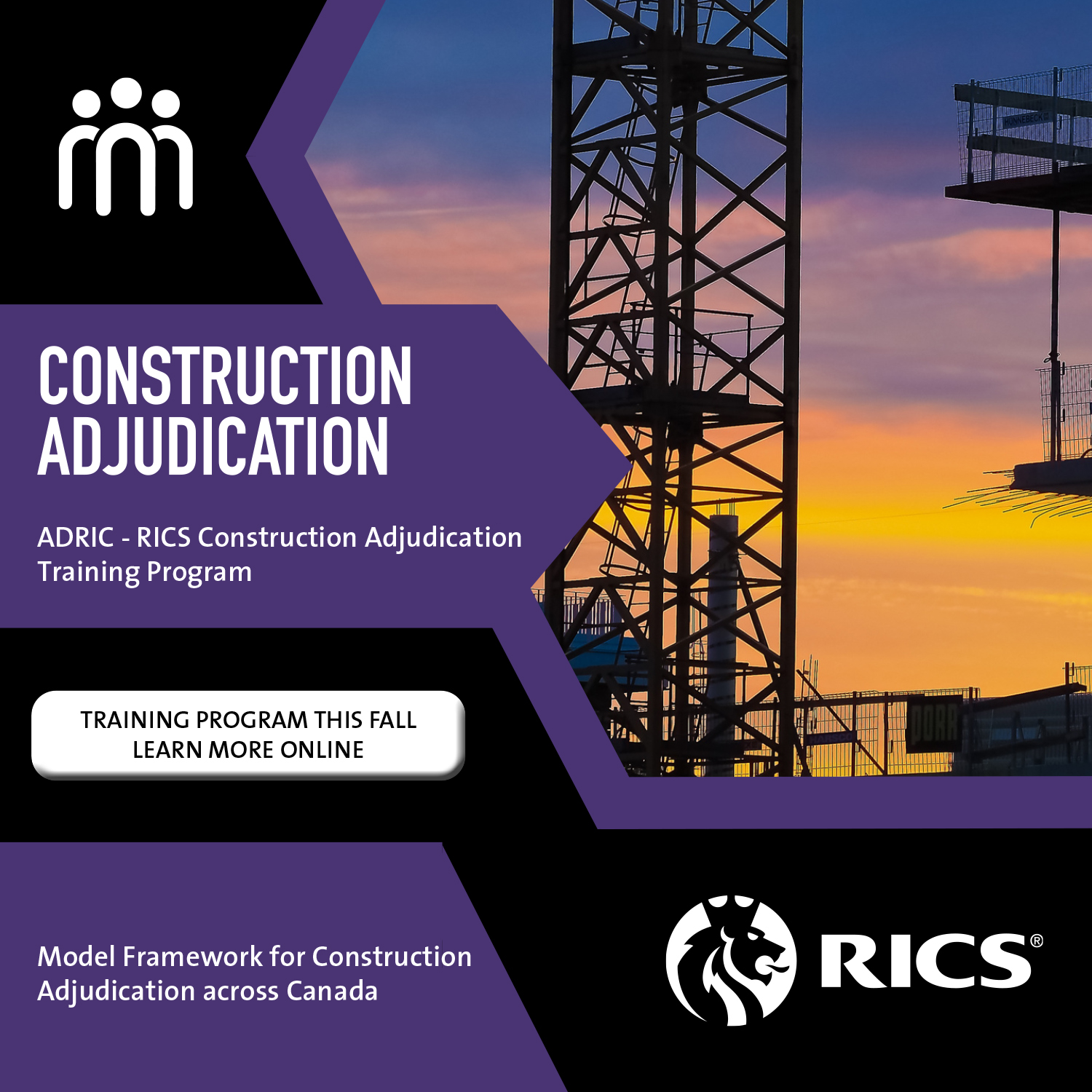Online dispute resolution could help make justice delivery efficient, affordable, and accessible
The implications of the COVID-19 pandemic have understandably extended to justice delivery. Not only has the response merited a change in how Courts are hearing matters, but also a steep upward adjustment for expected matters in terms of numbers requiring dispute resolution. The resultant situation from the pandemic has required a swift and long term relook at solutions that can help increase dispute avoidance, and conflict resolution outside of the Courts, but with their support. Invariably, technology will be able to bring in efficiency, affordability, and scale to what is an urgent need for sustainable and ongoing access to justice. This is why Online Dispute Resolution (ODR) has the potential to be a transformative and disruptive mechanism for resolving disputes.
ODR, as a likely enabler of enhanced Ease of Doing Business and Ease of Living, could potentially help solve small and medium value disputes before they enter formal court processes. ODR essentially takes the leading global practices from Alternative Dispute Resolution (ADR), and synergizes them with the latest technology. E-commerce disputes have been tackled through ODR for several years now, with eBay having resolved many million matters through this process at its Resolution Center. Others too have followed suit with success. The European Online Dispute Resolution platform was provided by the European Commission to make online transactions, namely shopping, safer and fairer. In fact, the European Union has adopted a regulation which mandates all merchants in EU countries to notify consumers about the availability of ODR.
The pandemic has forced a shift towards solutions that minimize contact and can be activated through technology, including for resolution of disputes. The crucial role of technology has been enhanced, especially in allowing remote contactless support to daily work roles, flagging its importance to a flat and affordable form of access to justice. Progressive and disruptive changes in justice delivery are critical components and they can alter the course of access to justice in an unprecedented way. Each arm of the Indian system is working towards a solution-driven future and that is where the change will be visible.
One of the most encouraging developments recently is just how progressive and in fact innovative the Supreme Court has been in adopting technology. Chief Justice SA Bobde has shared his openness to consider Artificial Intelligence for non-decision making applications. Justice DY Chandrachud is leading the e-courts initiative, and critical changes are already noticeable. The introducing of e-filing from anywhere in India making it available 24/7 is revolutionary for India. Indian courts today are quickly adopting leading practices, in a sustainable and forward thinking manner. Just a month back, for the first time in history, all three judges on a Supreme Court bench used laptops to go through cases in a paperless hearing, through video conferencing. In Justice Chandrachud’s words a couple of months back, the role of technology because of the pandemic has led to a situation where “the question today is not whether we should adopt technology but how well do we adopt technology.”
At a recent closed door meeting on ODR hosted by NITI Aayog, Justice Chandrachud mentioned how the relevant question today is- how well can we adopt technology to enhance access to justice and strengthen rule of law? He went on to state that the use of technology should be to promote a sense of inclusive justice, justice for which the system is meant to deliver a service. Seen from his perspective, ODR ought to have a multi-pronged, multi sectoral initiative that focuses on dispute resolution for matters that reach the courts through open, efficient, transparent process; dispute containment, where only those disputes that require judicial resolution should reach the courts; and critically, dispute avoidance, where ODR could facilitate and ensure that a problem does not reach the stage of a dispute.
The pandemic and the responses necessitated by it, have led to adjustments across the dispute resolution ecosystem. Several institutional arbitration centers across the world, including the ICC, the International Center for Dispute Resolution, the Singapore International Arbitration Centre and others have recently issued guidance to facilitate remote participation in hearings through videoconferencing.
The Seoul Protocol on Video Conferencing in International Arbitration released guidelines in March on how best to utilize video conferencing for remote hearings. Equally important is the Protocol on Cybersecurity in International Arbitration for reasonable information security measures that the parties and arbitrators can take when using ODR. These guidelines have been developed by a working group involving the International Commercial Court of Arbitration in collaboration with the New York City Bar Association and the International Institute for Conflict Prevention and Resolution.
There could be a spate of new technologies deployed in the near future that would require forward thinking dispute resolution such as ODR makes provisions for. One such example could be blockchain driven arbitration processes for smart contracts. Smart contracts drafted in computer code use technology to automate enforceability through transfer of rights and obligations. Blockchain arbitration could administer resolution basis such smart contracts.
There have been several pivotal initiatives through the eCourts project and related technology augmented moves whose impact will percolate both vertically and laterally. ODR, in addition to all the work that is already being done at several levels in the Courts, or through the widespread efforts of the Government, is an ideal fit for these times. Building trust, confidence and efficiency is crucial for reviving the economy – and we need to explore new systems to contain and resolve these disputes in an expedient and collaborative manner. Through a combination of several factors, we are on the cusp of transformative changes. Technology will play a crucial role in both equity and affordability. Combining technology and data with negotiation, mediation and arbitration could potentially create many innovative new approaches to resolve disputes well before they come to court. ODR is a solution whose success will depend to a large extent on multi-pronged, diverse stakeholder involvement. The commitment to collaboratively build this framework should therefore be unerring.












